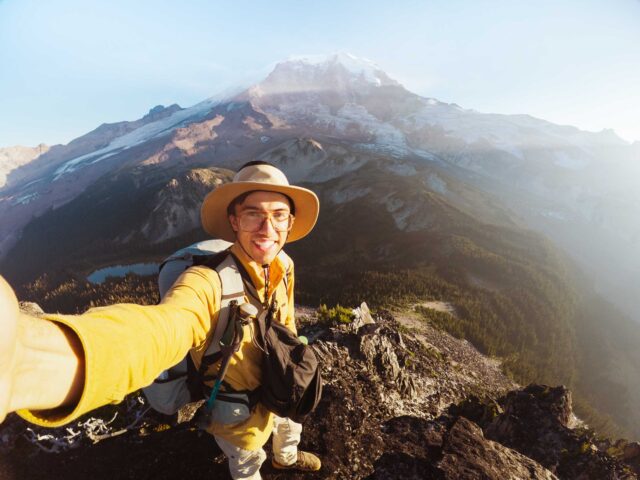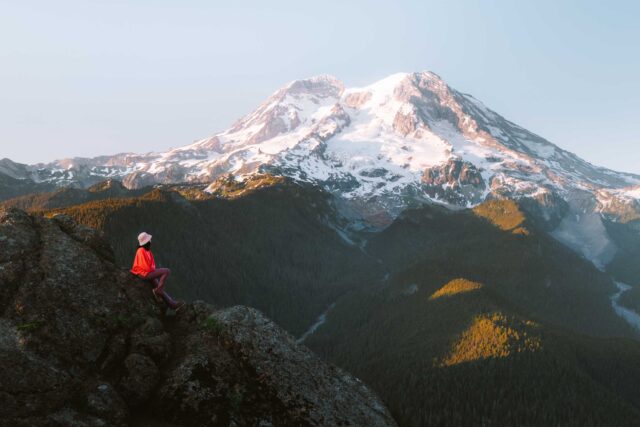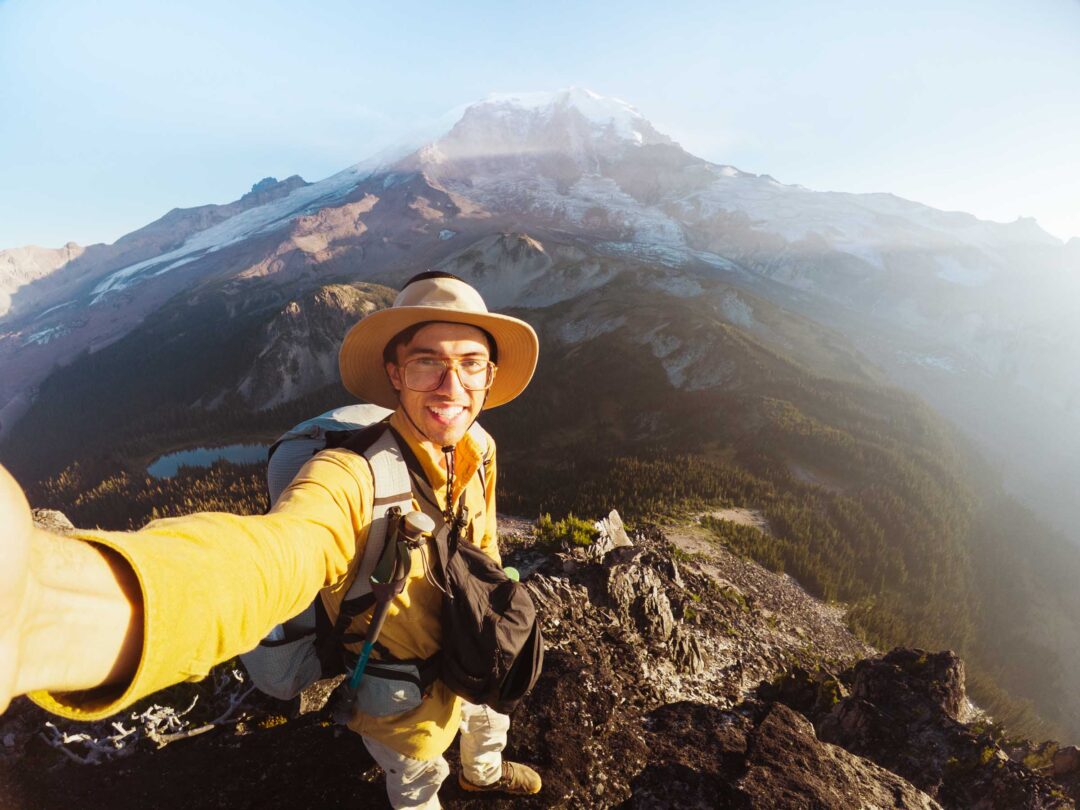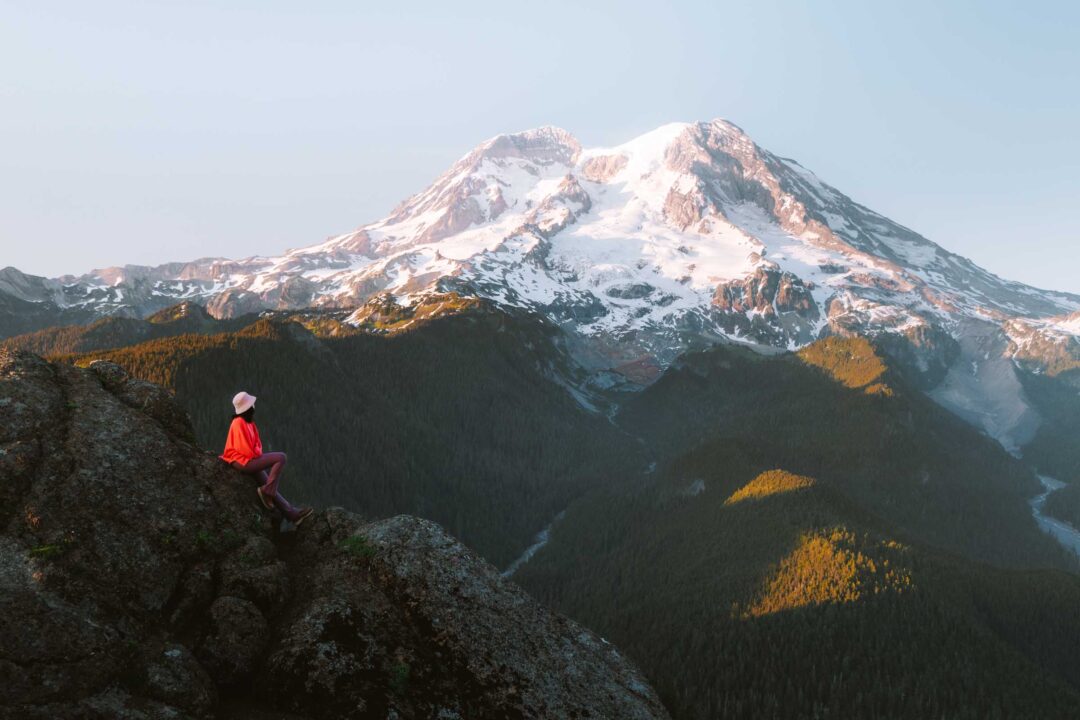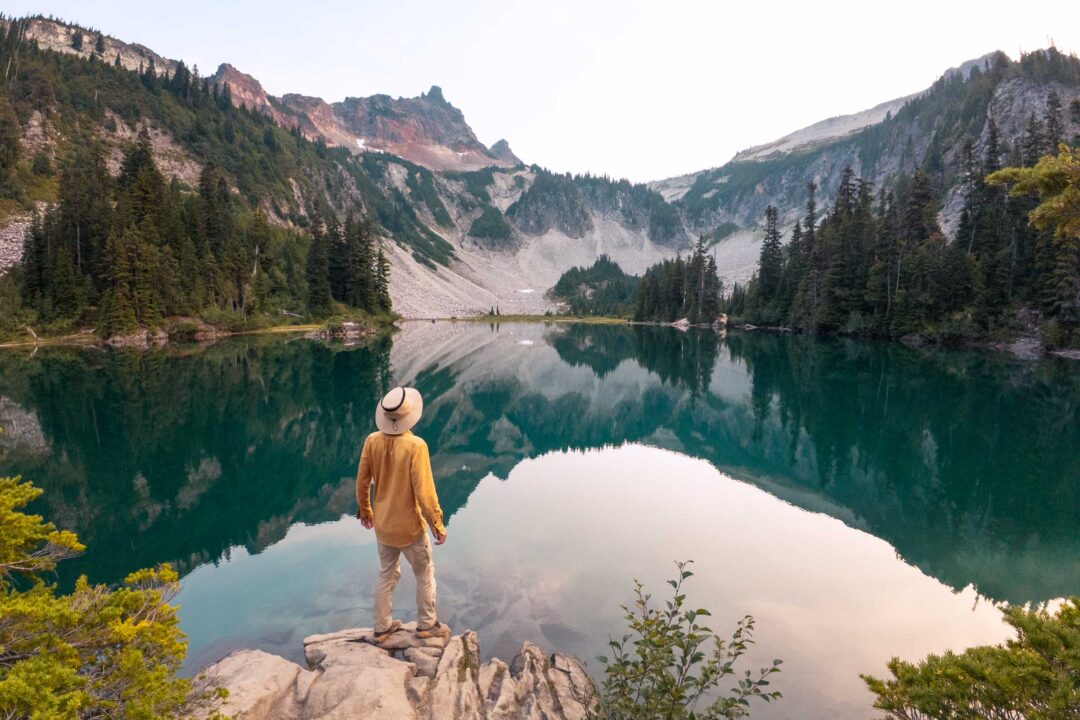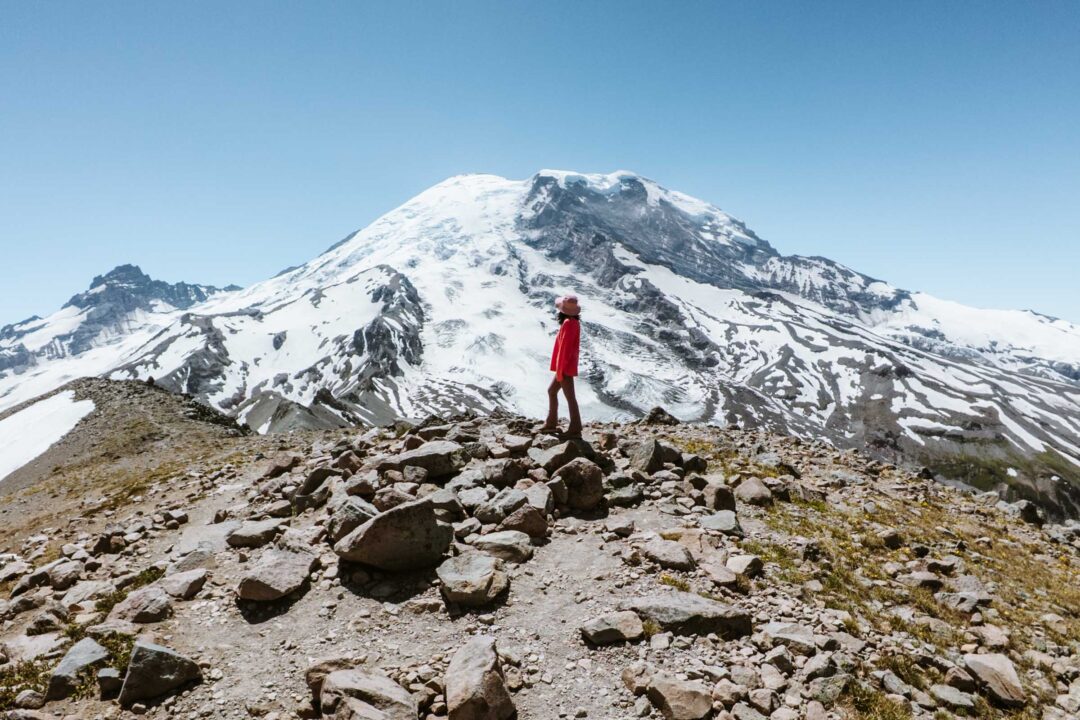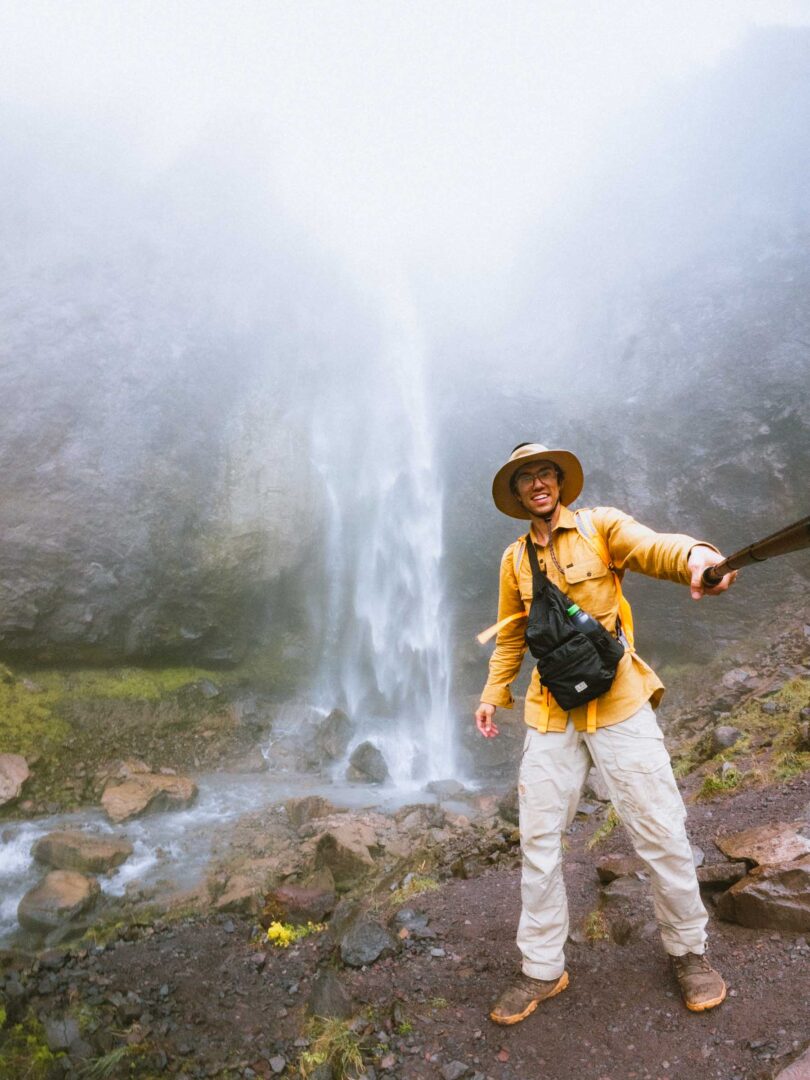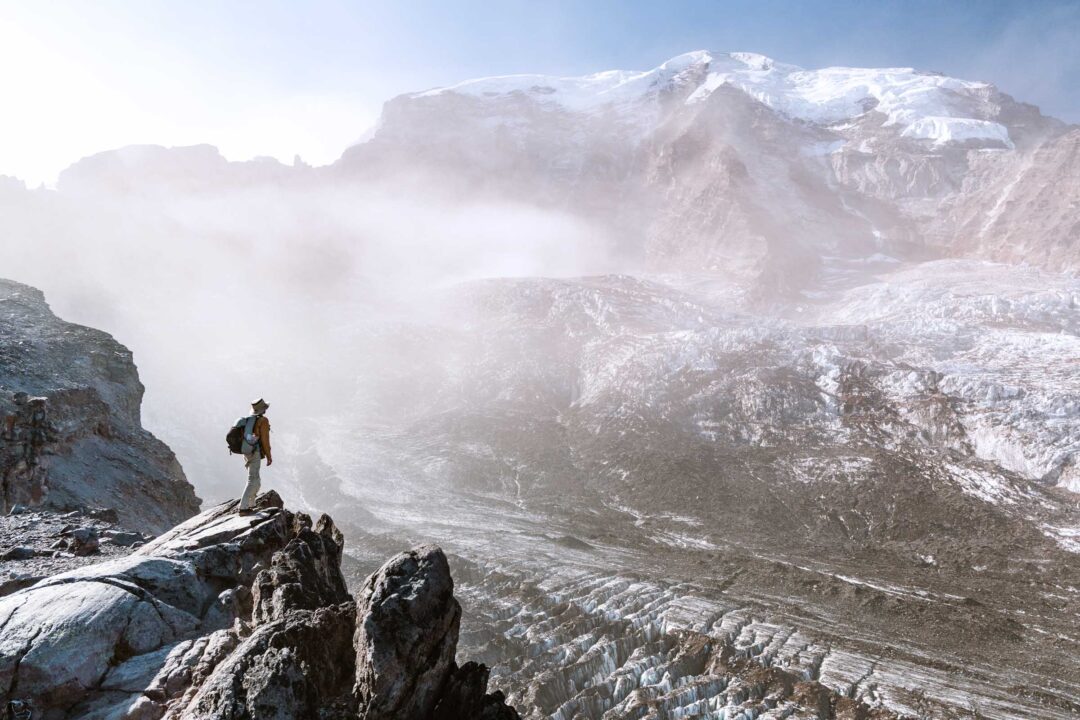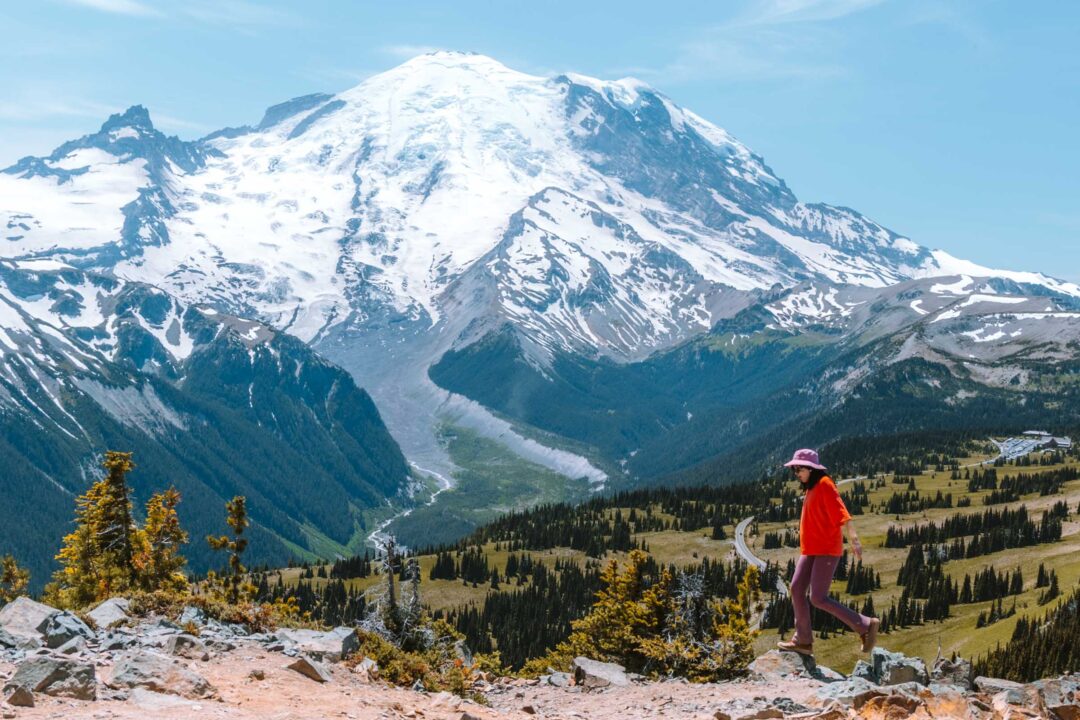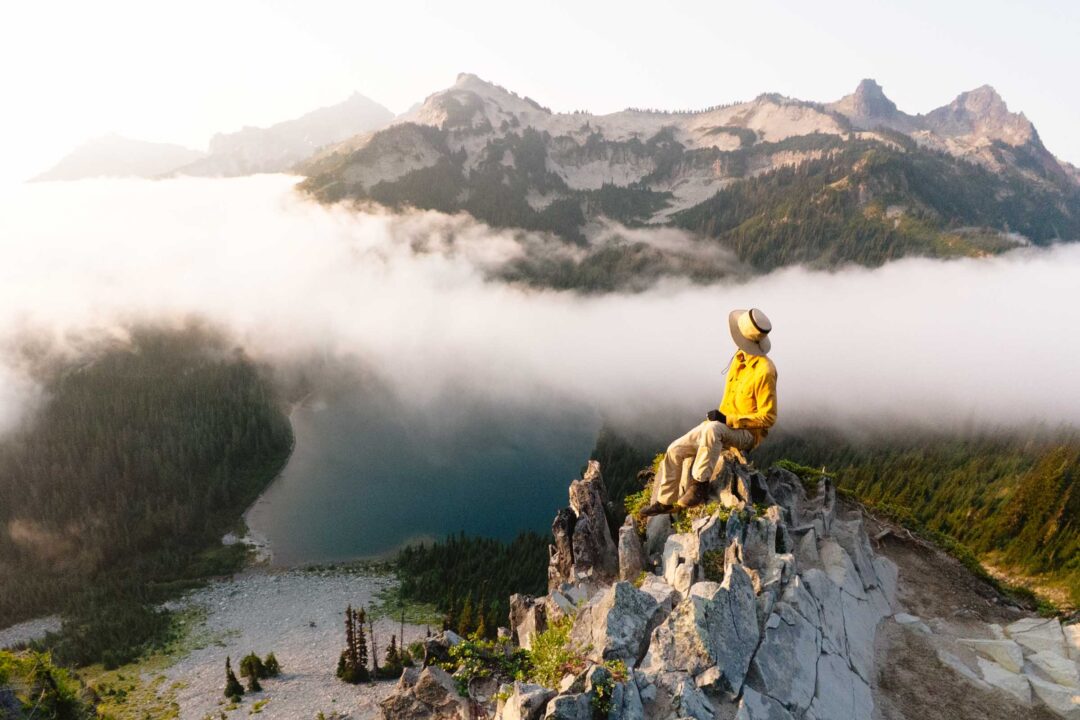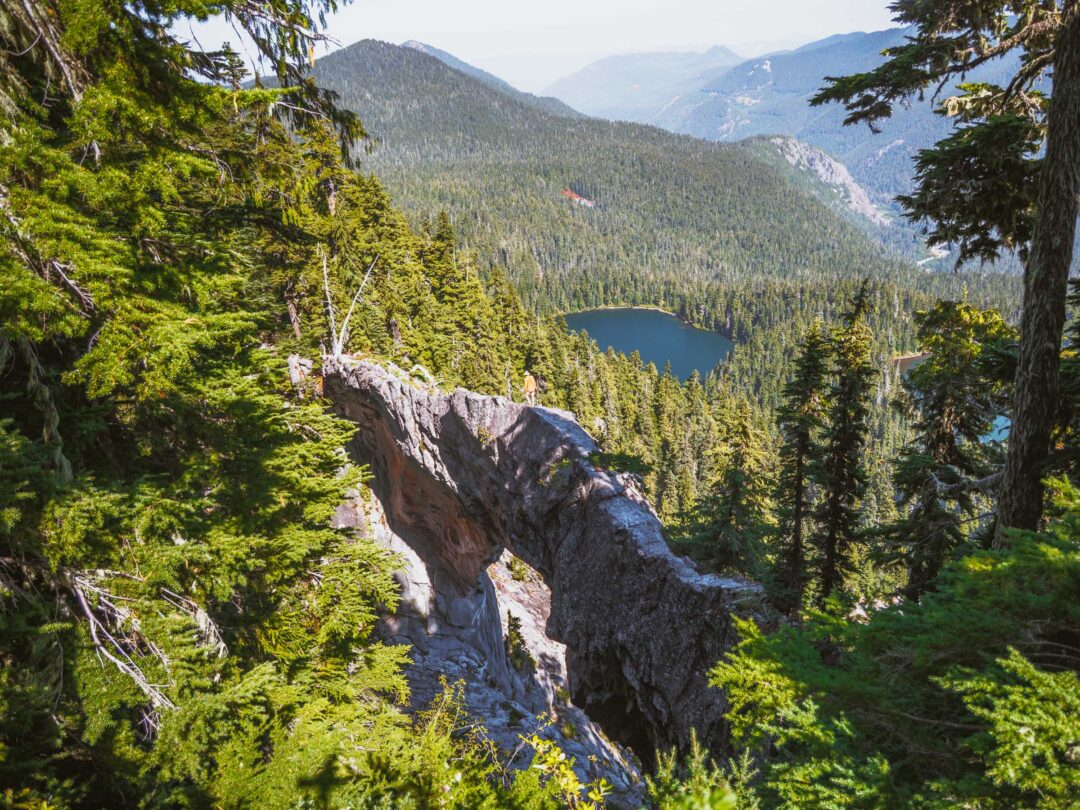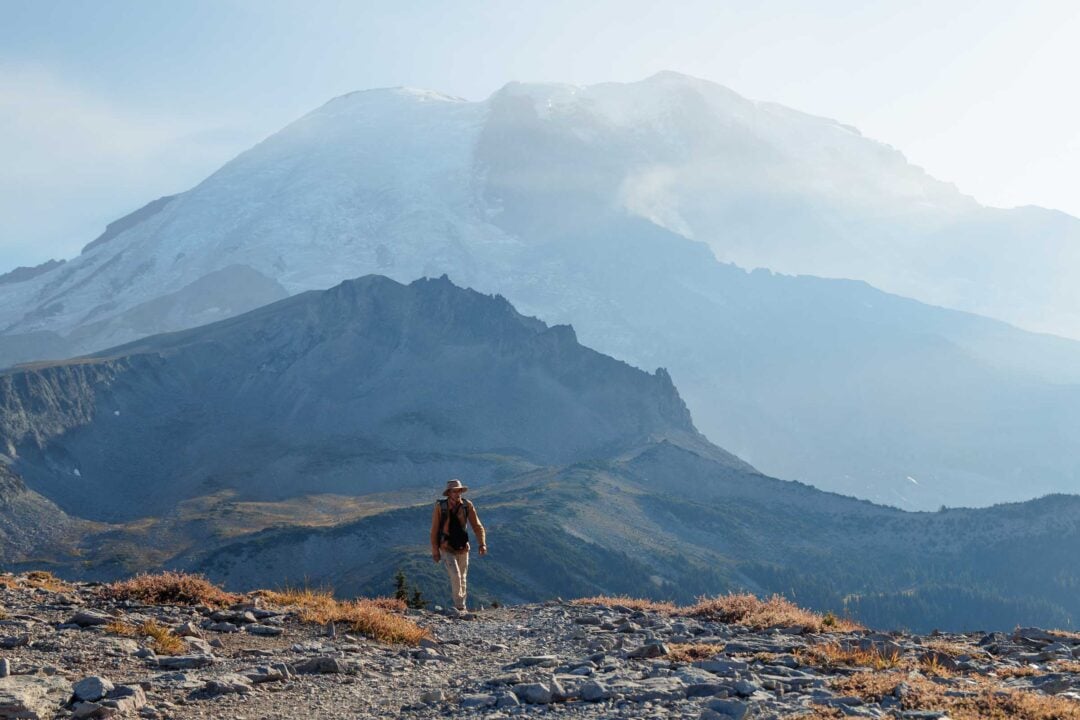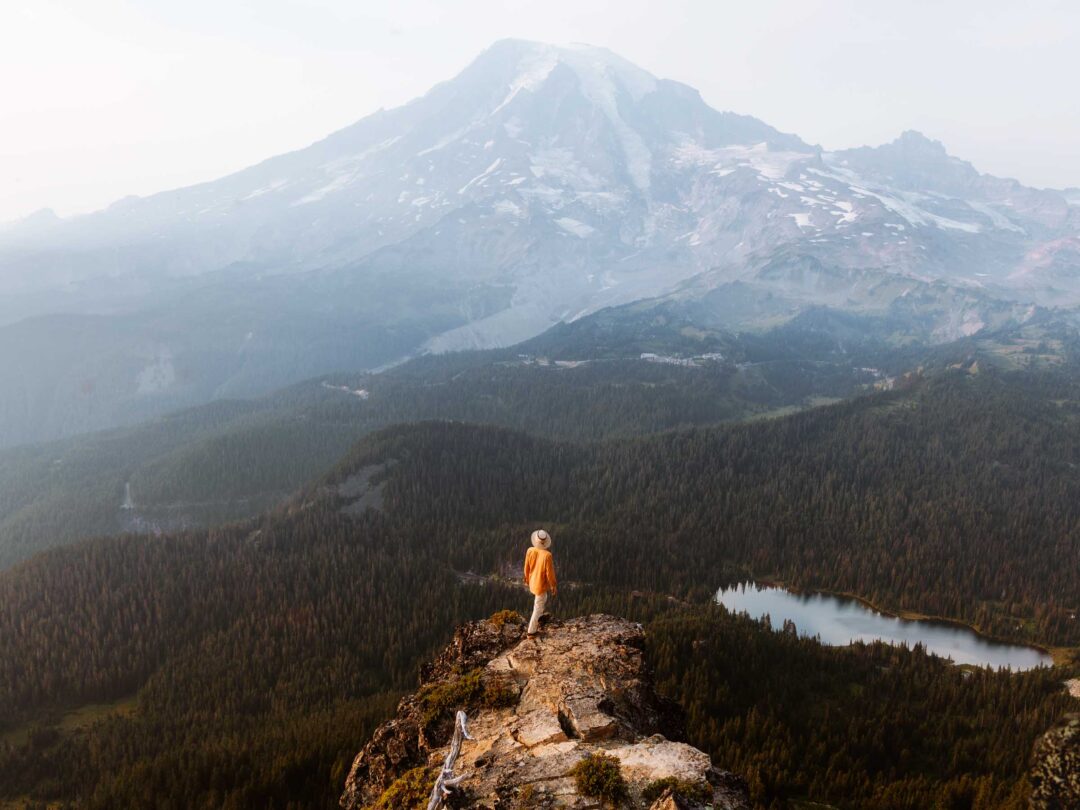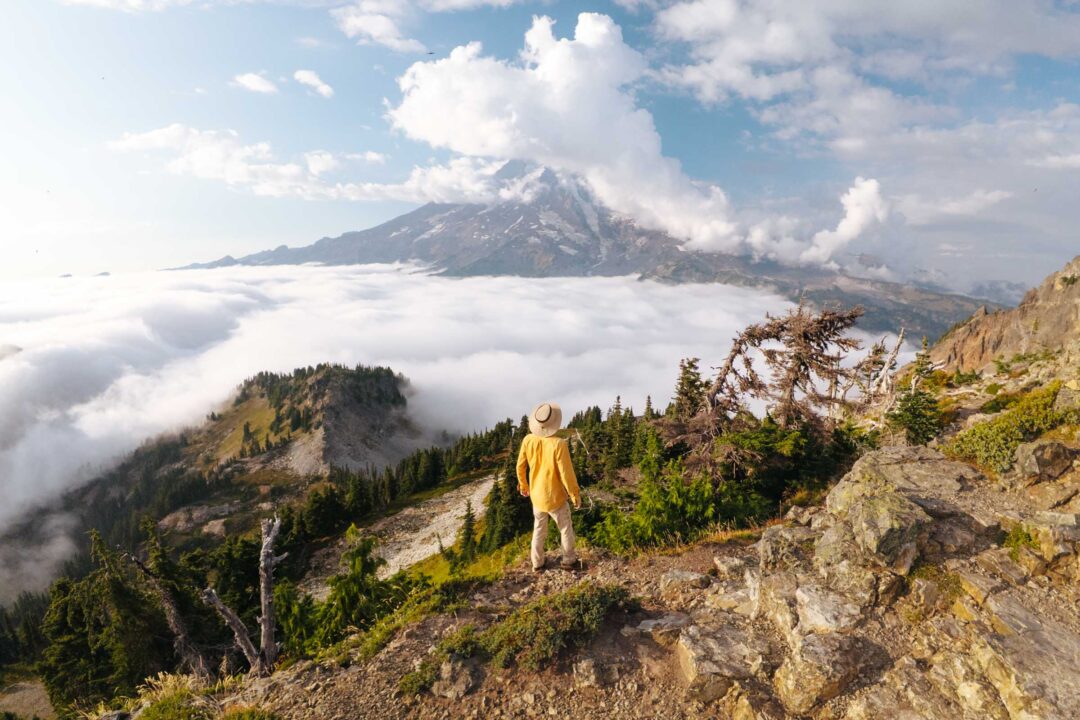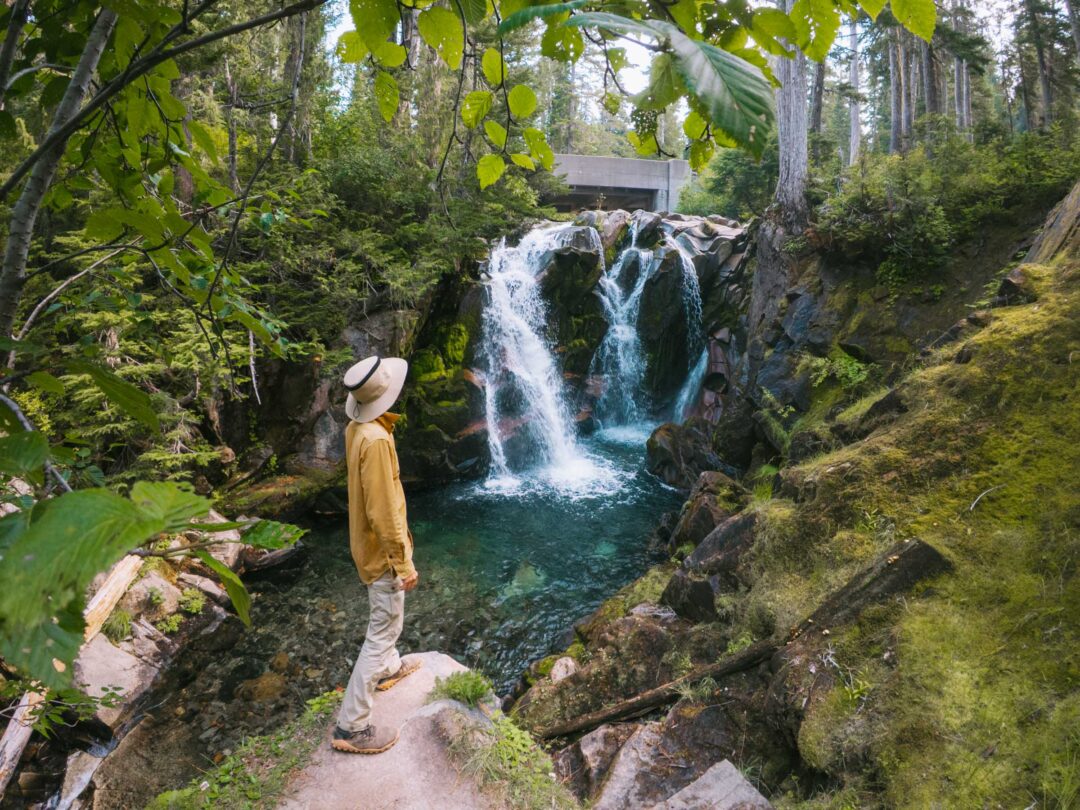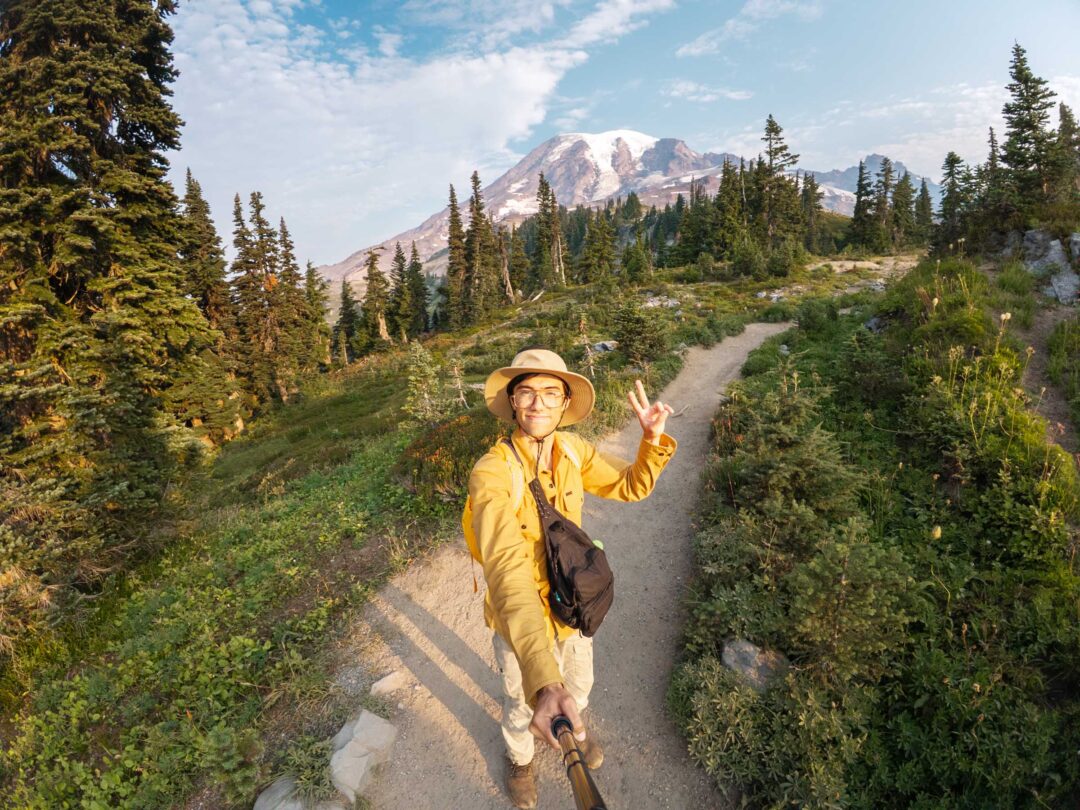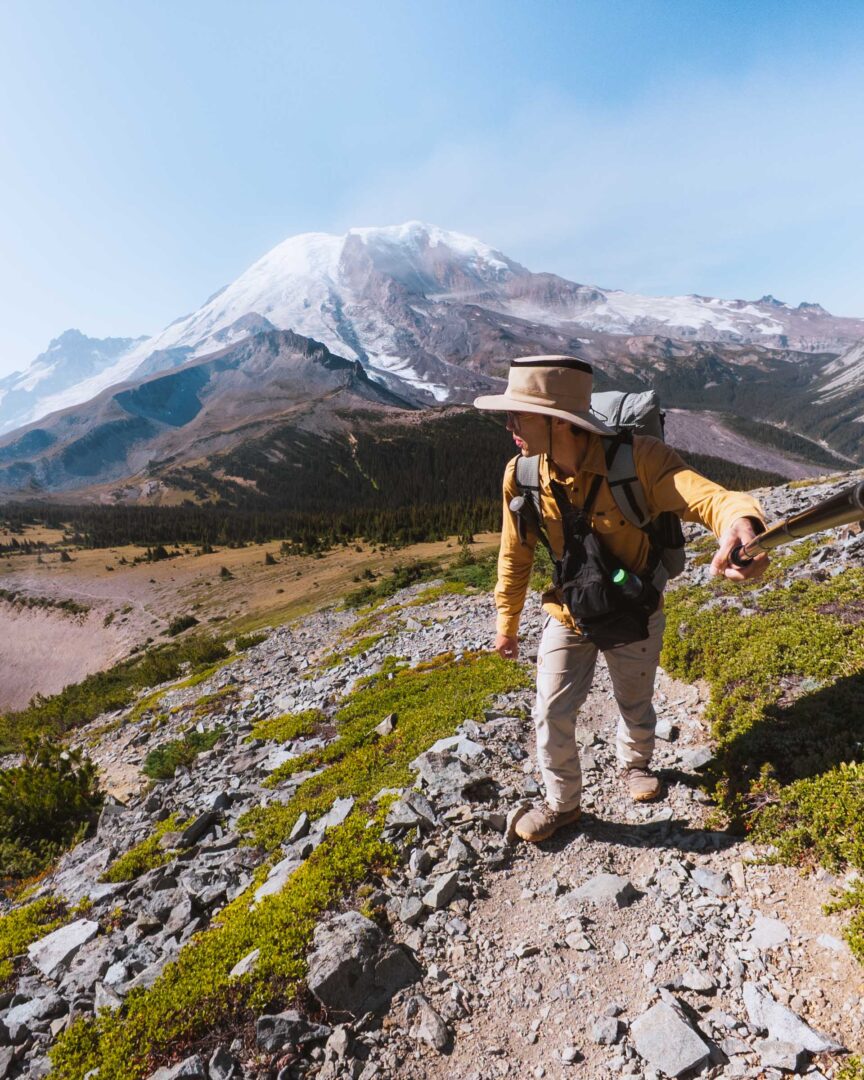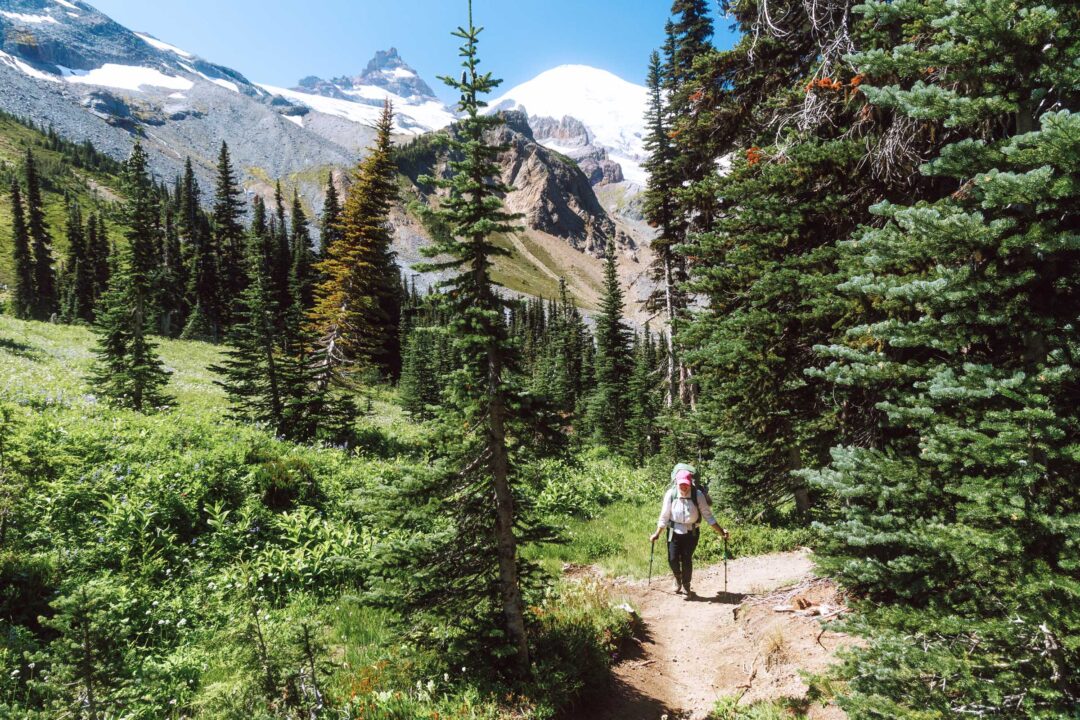Travel in Mount Rainier
Mount Rainier National Park has some of the most incredible landscapes in North America. You can hike through wildflower meadows, alpine lakes, massive waterfalls, and glacier-covered peaks. Sometimes all within the same day.
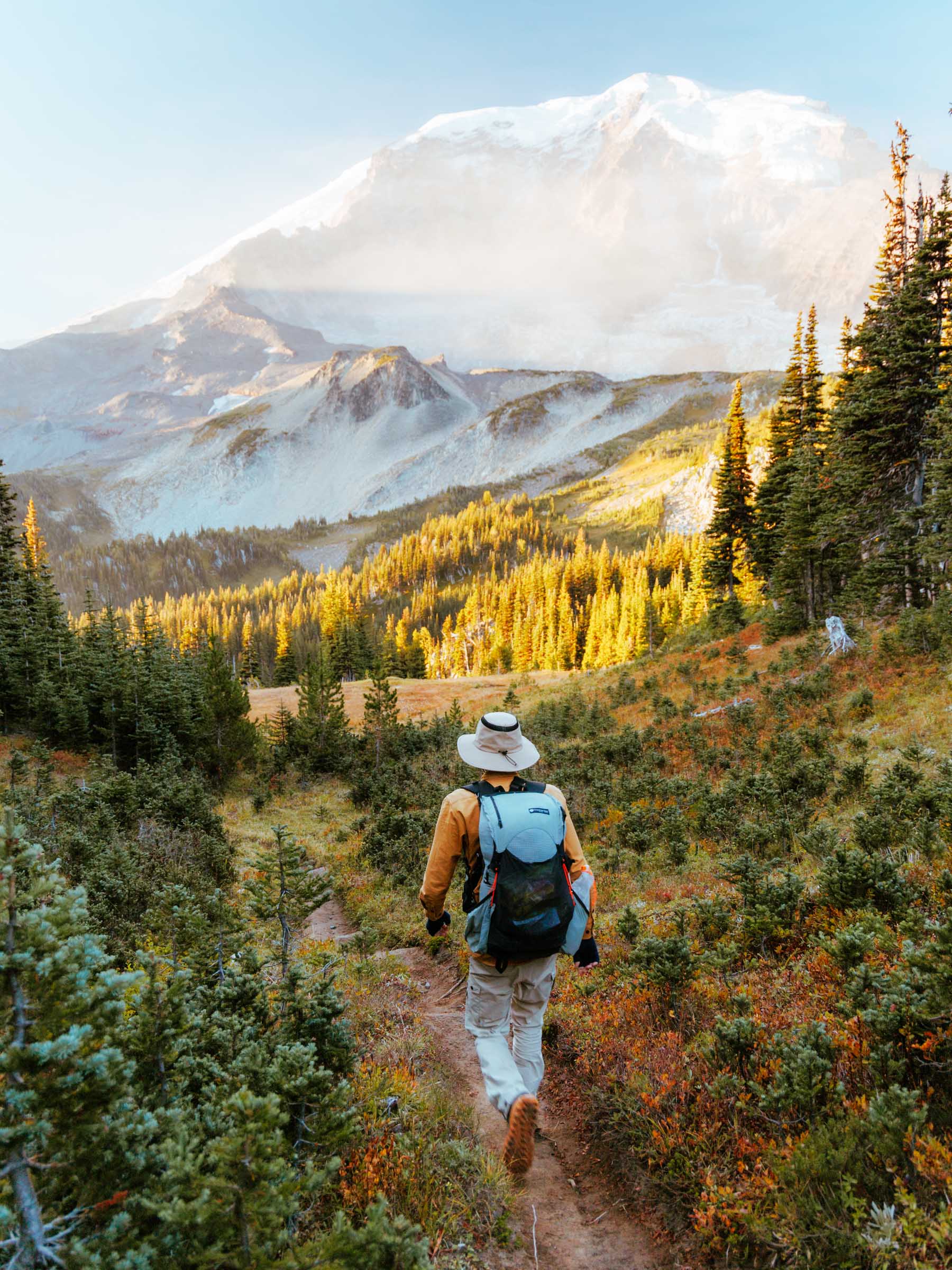
How to Get to Mount Rainier
The best, and really, the only practical way to get around Mount Rainier National Park is by driving your own vehicle. The park is massive, the roads are steep, and the weather can change fast. So having your own transportation gives you the most flexibility and comfort.
Unfortunately, there’s no public transportation that runs into or through Mount Rainier National Park.
You may see cyclists on Mount Rainier’s roads, but cycling there is more of an activity in itself than a way to get around.
If you don’t have a car, your next best option is to book a Mount Rainier day tour from Seattle. The tour includes round-trip transportation and stops at a few of the park’s best sightseeing spots, including Paradise, and gives you time to explore at your own pace.
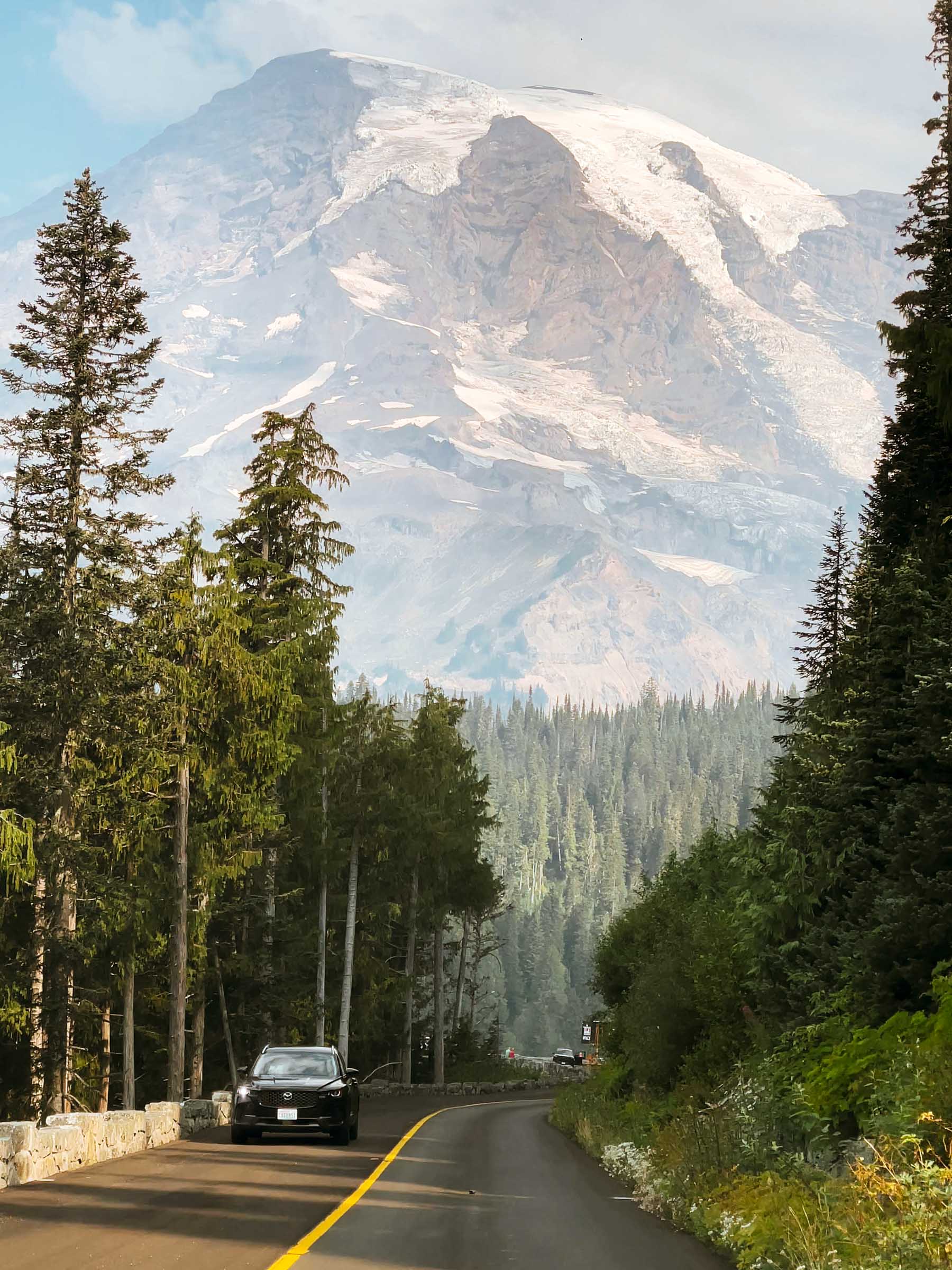
Best Time to Visit Mount Rainier
We recommend visiting Mount Rainier in July, August, or September. These months are the warmest time of the year, and see the best temperatures for exploration.
Late July/early August, in particular, is our personal favorite time to visit Mount Rainier. It's when the wildflowers typically come into peak bloom, blanketing the meadows around the park in fields of vivid colors.
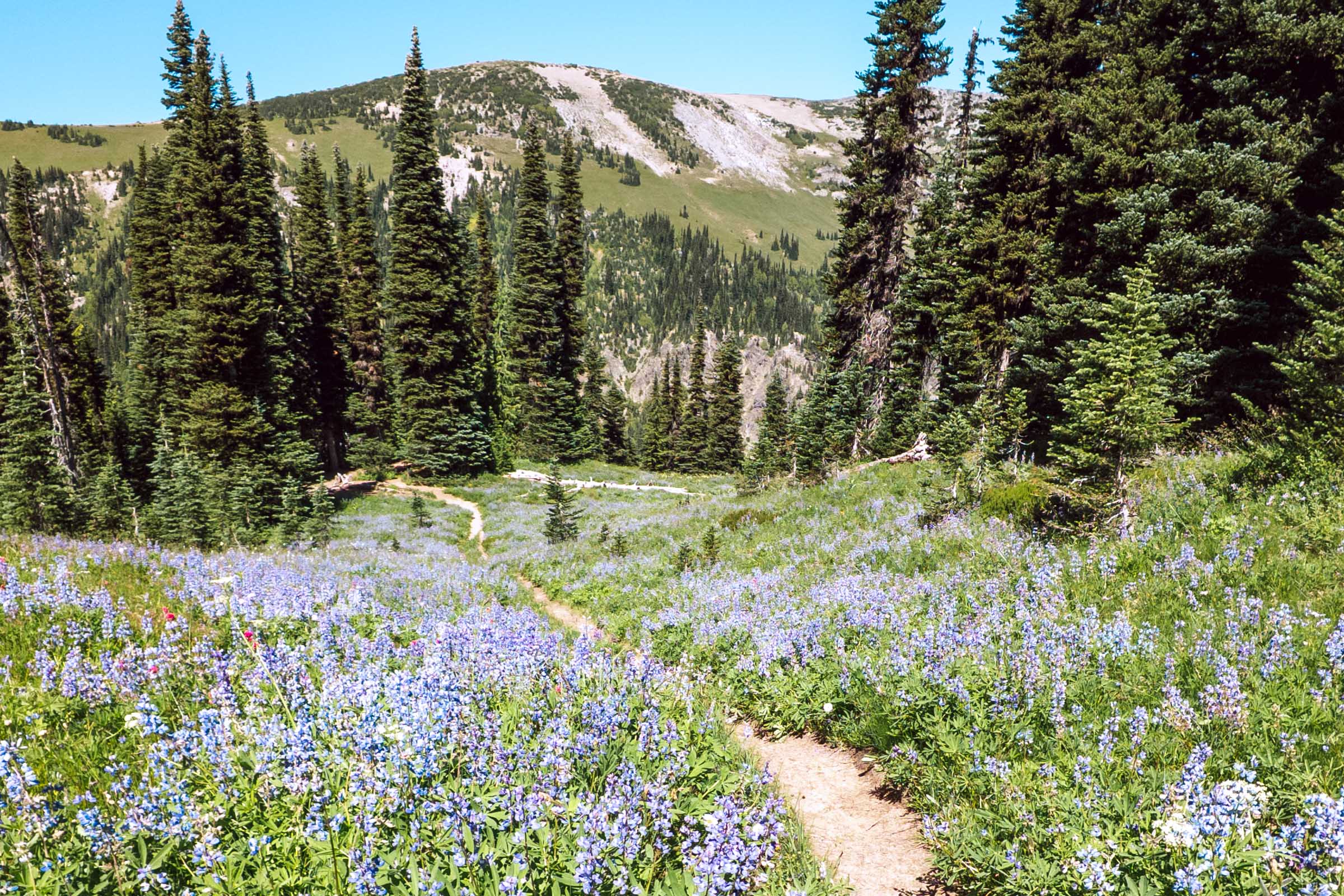
Shoulder Seasons (June and October): Even though summer starts in June, the snow around Mount Rainier has typically not melted out enough to explore many areas of the park. You will still be able to easily navigate around the park, and explore some of its lower elevation areas.
October can sometimes be a good month to visit Mount Rainier. However, it's when autumn comes into full swing, and the temperatures start to dip really low, with snowfall. It's also when many of the park's facilities start closing down for winter.
Where to Stay in Mount Rainier
For most people, the town of Ashford is the best base for exploring Mount Rainier without staying in the park itself. It's located near the Nisqually Entrance on the park’s southwest side, so it's super convenient for exploring the popular Paradise and Longmire areas of Mount Rainier.
You’ll find a mix of cozy cabins, lodges, and vacation rentals in Ashford. And the best part is that it's just minutes from the park's entrance gate.
If you’d rather stay inside the National Park itself, you have a few options.
The National Park Inn and the Paradise Inn both offer rustic but comfortable rooms and unbeatable access to the park’s most scenic areas.
For a more outdoorsy experience, the park has three campgrounds: Cougar Rock, White River, and Ohanapecosh. Each campground accommodates tents, vans, RVs, and camper trailers, with restrooms and running water available.
We've personally stayed at Cougar Rock several times while exploring the Paradise and Longmire areas, and it’s awesome to hop out of your tent early in the morning to catch the sunrise.
If you plan to sleep in your vehicle, you must reserve a site at one of these campgrounds because overnighting in pullouts or parking lots elsewhere in the park is not allowed.

What to Pack for Mount Rainier
I'm not going to give you a whole packing list here because that's not necessary. Instead, I will provide a list of a few things that you should not overlook when visiting Mount Rainier National Park.
- Jacket: It gets cold in Mount Rainier. Much more than Seattle. Even if you visit Mount Rainier on a warm summer day, by the time you step out of your vehicle in the park, it may be much colder and windier than it was when you left.
- Hat: The sun can bake down on the mountain any time of year. A hat helps protect you from sunburn and keeps you comfortable while exploring.
- Food & Snacks: Dining options inside the park are limited. Bring a cooler with your own food, snacks, and drinks so you can eat whenever and wherever you get hungry.
- Offline Maps: Cell reception in most of Mount Rainier is nonexistent, except for a few spots around the Sunrise and Paradise visitor centers. Download offline maps and save your stops in advance so you can navigate without a signal.
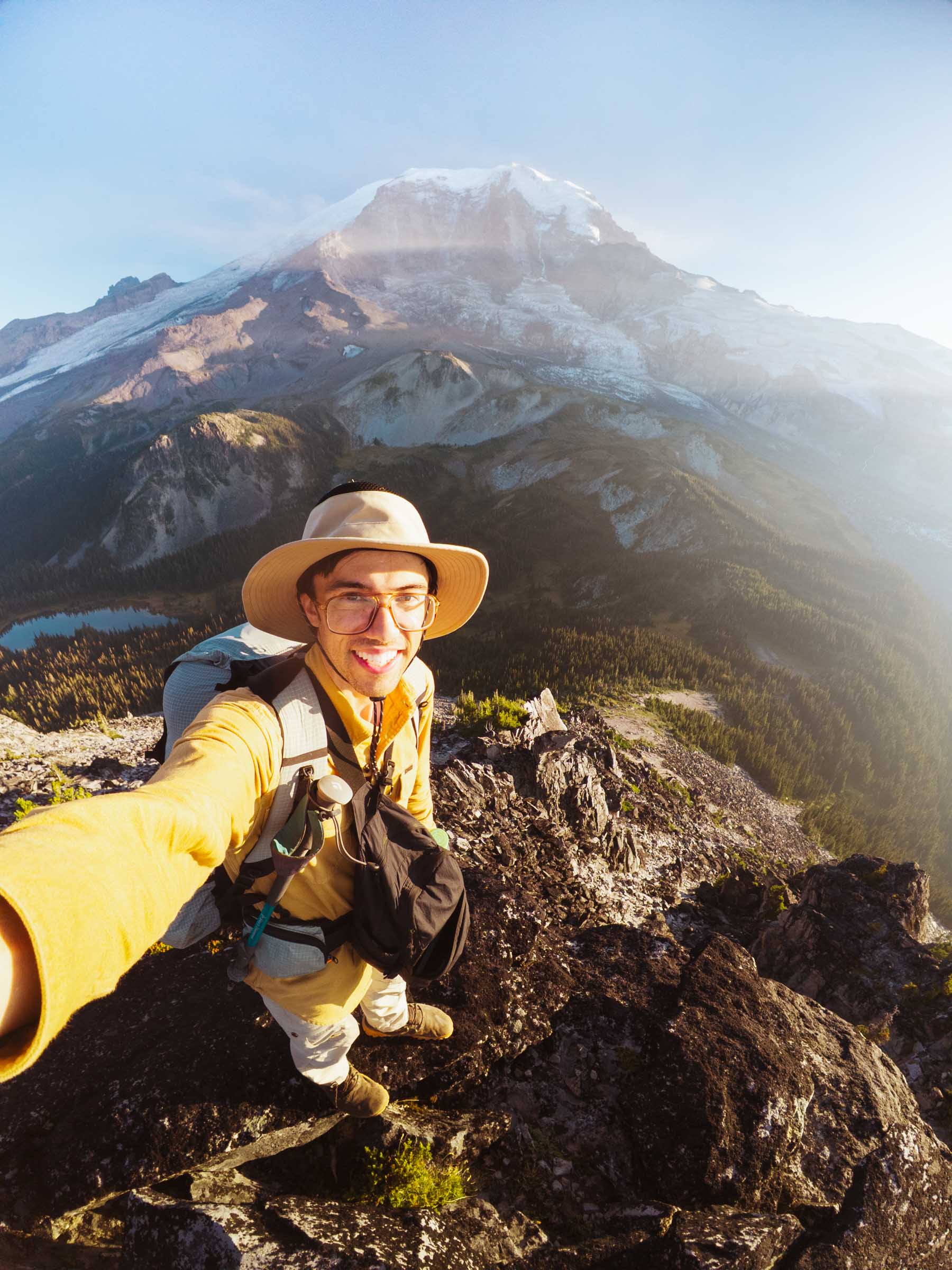
Our Free Mount Rainier Google Maps Locations
Want a free map of all of the locations mentioned in this post? Sign up in the box below and we’ll deliver one right to your inbox, plus our top tips to help you plan your Mount Rainier trip!

